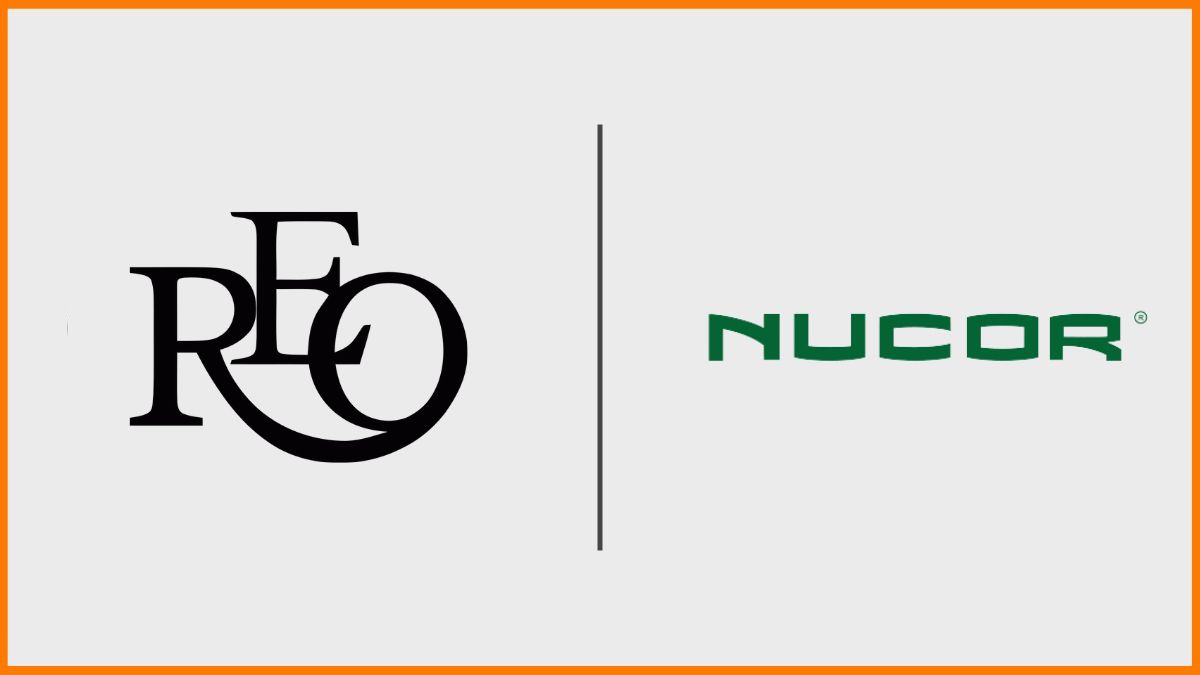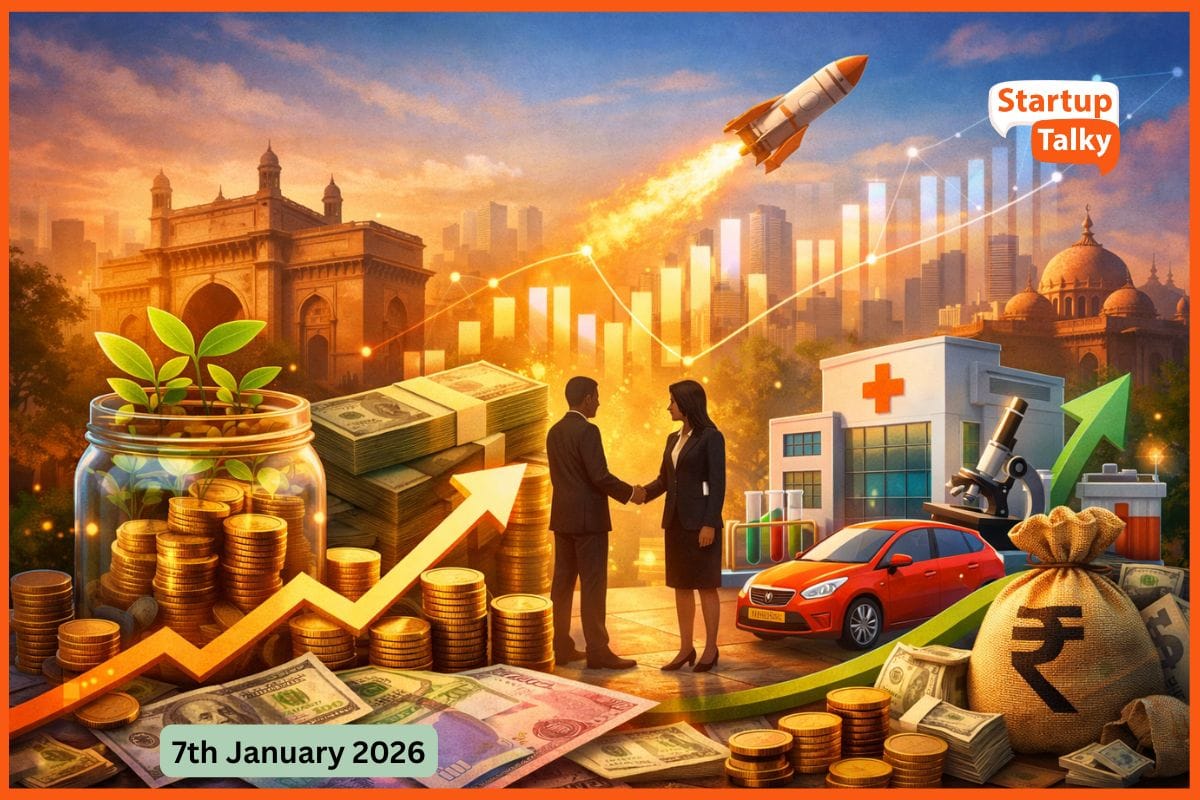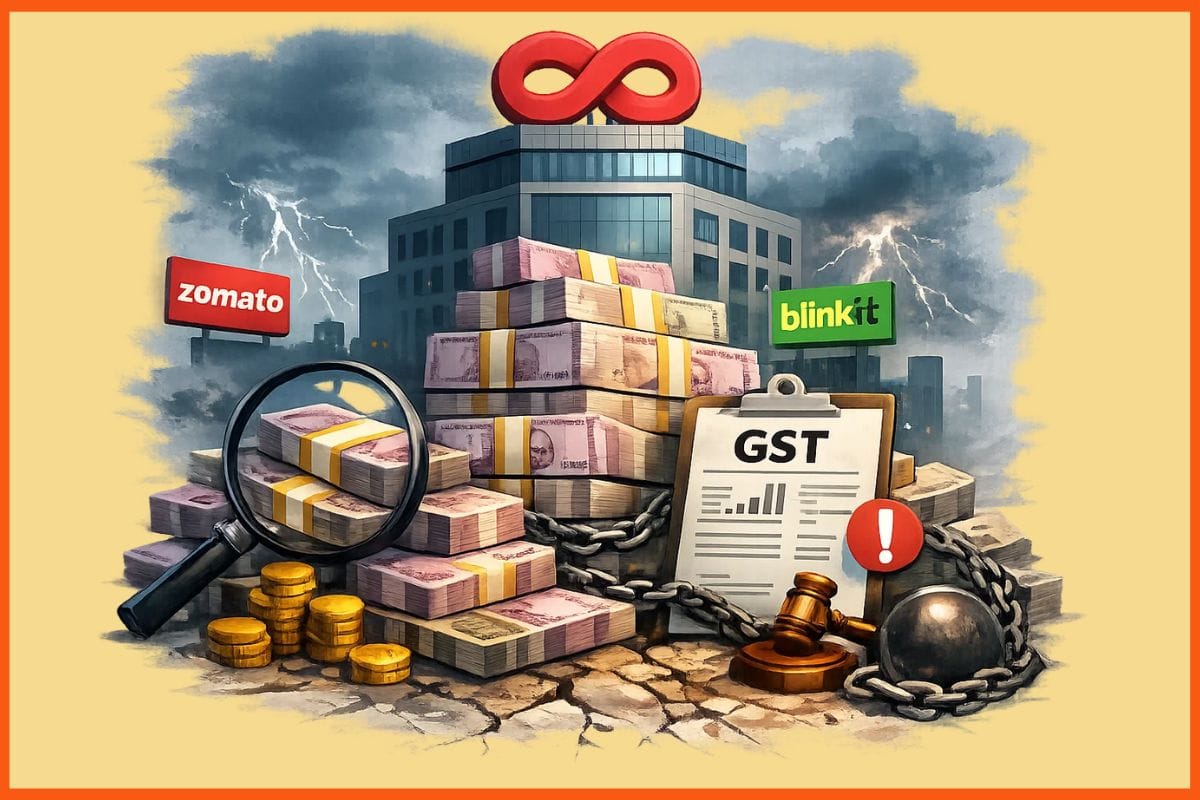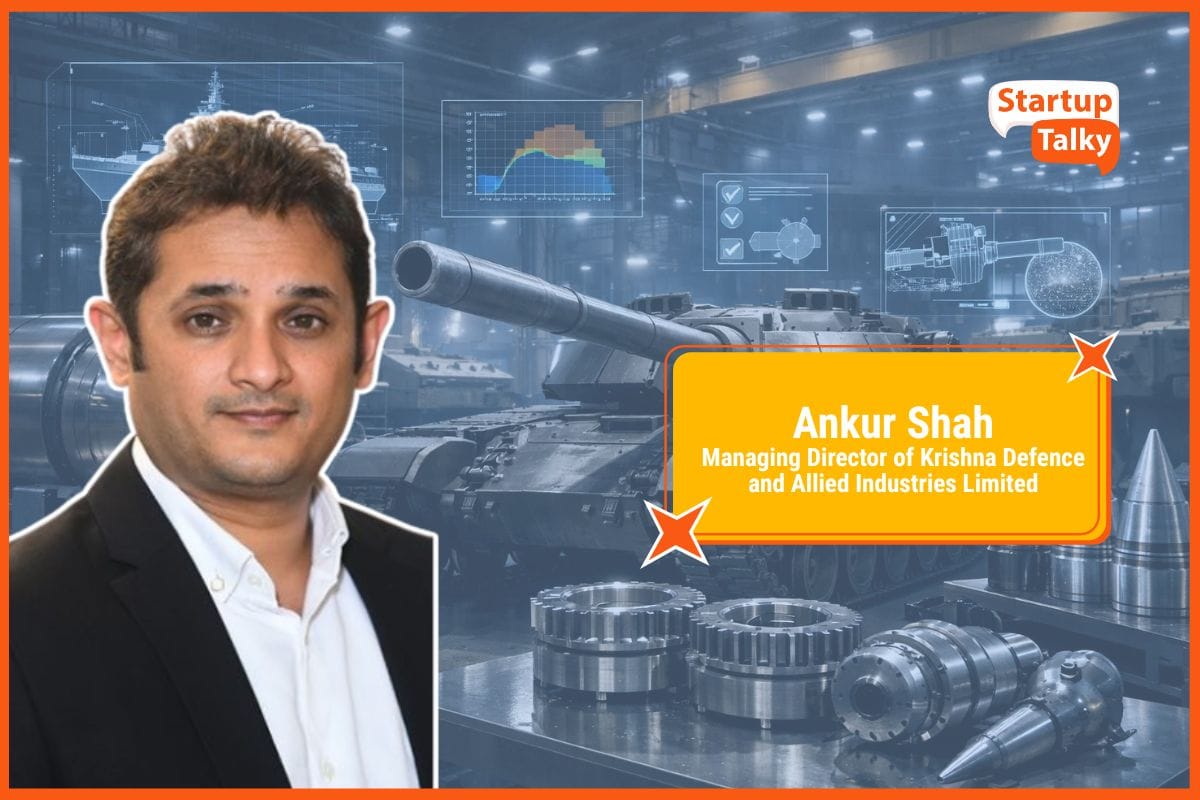Reverse Merger: How Does It Work, Examples, Advantages and Disadvantages
🔍Insights
Ever wondered what Reverse Merger means, even though it appears all over the internet? Well, in simple words, it is nothing but a private company holding ownership over already public companies. In this way, the private stocks and assets are now available to the general public.
To understand Reverse mergers thoroughly, one has to understand what IPO means. Initial Public Offering or IPO is a process of offering a private corporation’s share to the public in a new stock issuance.
Here both the private, as well as public parties, are benefitted, such that, Private investors obtain shares through the primary market, whereas, public investors get a chance to be a part of this globalized offering.
What is Reverse Merger?
Advantages of Reverse Merger
Disadvantages of Reverse Merger
Examples of Reverse Merger Companies in India
What is Reverse Merger?
To understand Reverse mergers in-depth, shall we dive in deeper? A reverse Merger is also known as a Reverse Takeover or reverse IPO. It is one of the efficient ways in which a private company can go public and monetize its share effectively.
To put it in more simple words, this process is a blessing in disguise for a weaker or smaller company, that wants to acquire a bigger company. Similarly, it is a reverse merger, when a parent company merges with its subsidiary, or when a company that is losing money acquires a company that is profitable. So, in order to enjoy these perks, a few processes are to be undergone, which are listed below:
- Identification of a Suitable Shell Co.
- Recruiting Financial Staff
- Financial Audits
- Transaction Documents like a letter of intent, agreement, super 8-k
- Issuance of Stock Certificates
Advantages of Reverse Merger
A simple process
A reverse merger is quite a simple process compared to IPO. It takes only a few weeks for a company to become public without raising capital under this process. Meanwhile, IPO does take a lot of months to complete the merging process, but, in the case of reverse mergers, it can be done within thirty days. And for its time and safety management, several companies prefer reverse merging to IPO.
Less risk
IPO is an uncertain process, which cannot assure that a company will go public in the end. However, a reverse merger can promise you that. Because, whenever, stock market conditions fluctuate, the time invested by the managers associated with IPO, in the deal also extends until a favourable outcome is ensured. Accordingly, a reverse merger is a time-saving process, so eventually, it will take down the risk of non-use.
A less reliant on the market
IPOs are considered to be a combination of the public offering and the capital raising function. By virtue of reverse mergers being the only mechanism for converting private companies into public companies, the process is less dependent on market conditions (because the company does not need to raise capital).
In a reverse merger, market conditions are not relevant since the offering is simply a conversion mechanism. In other words, the process attempts to capitalize on the benefits of being a publicly-funded organization.
Perks of a public company
Public companies have a high amount of revenues, which in turn is a key feature to consider converting into one. Over and above, the company's securities then enjoy higher liquidity when they are traded on an exchange.
By gaining the opportunity to sell their interests, the original investors have a handy exit option other than having the corporation purchase back their shares. Since management may now issue extra shares through secondary offers, the firm has better access to the capital markets.
If stockholders had warrants, which give them the power to buy more shares at a certain price, exercising those rights would bring more money into the firm.
Disadvantages of Reverse Merger
An extensive investigation is needed
It is important to go through every nook and corner of the private and public companies before starting the merging process. Starting from looking into their motives to checking whether the company is neat and clean, pending liabilities, or other things that might disturb the merging. It is therefore imperative to conduct appropriate due diligence and to expect transparent disclosure (on both sides).
Dump of risky stocks
After the merger, the stock price may or may not suffer significantly if the public shell's shareholders sell a sizable amount of their shares. So it is a must-need merger agreement to have clauses defining necessary holding periods, subsequently, lessening or completely eliminating the possibility that the shares will be dumped.
Insufficient demand shares
There is no assurance of the investors obtaining sufficient liquidity after the merger. Due to financial and operational crises, sometimes, small companies may not be ready to be in public.
In the wake of the reverse merger, the original investors may find that their shares are little in demand. Therefore, a company itself needs to be financially and operationally attractive to be a desirable investment to potential investors for its shares to be worthy.
Regulatory and compliance complexities
Inexperience managers sometimes can harm a potential private company’s journey to a publicly-traded company. In other words, when managers spend a great deal of time on administrative concerns rather than running their businesses, they can result in a stagnant and underperforming company.

Examples of Reverse Merger Companies in India
Godrej Soaps

In 1994 Godrej Soaps, a consumer product manufacturing business did a reverse merger with its loss-making subsidiary unit ‘ Gujarat Godrej Innovative chemical’ and named it ‘Godrej Soaps Ltd’.
ICICI Bank, India

Only a few Indian companies have used the reverse IPO, making the reverse merger concept relatively new to India. In 2002, ICICI became the first firm to choose a reverse merger when it merged with its arm company, ICICI Bank, and renamed the combined entity ICICI Bank. ICICI also had two subsidiaries, ICICI Personal Financial Services Ltd. and ICICI Capital Services Ltd.
In order to offer both urban and rural consumers a wide variety of loan services, the ICICI group made the decision to do a reverse turnover. As a result, we could see the new venture's profitability. ICICI Bank is now among the top financial institutions around the globe.
IDBI Bank
In 2005, the Industrial Development bank of India followed the reverse merge method with its commercial bank IDBI Bank.
IndiaBulls

Later in 2013, Indiabulls financial services Ltd consolidated capital with its subsidiary Indiabulls housing finance Ltd
REO Motor Car Company

Ransom E. Olds created an automotive manufacturing firm in 1905; by 1907, it had $4.5 million in total sales and was regarded as one of the richest automakers. The corporation itself turned into a tax loss carryover following the great depression that hit Western nations, and the company's dissident shareholders coerced it to perform a reverse turnover in order to secure a respectable revenue by buying a minor publicly-traded company called Nucor.
New York Stock Exchange

One of the world's oldest and largest stock exchanges, which is situated on Wall street, New York city since 1792. NYSE had a reverse merger with Archipelago Holdings to go public in 2006.
Aerospatiale

Launched in 1970 and operating as a State-owned corporation until 1998, Aerospatiale is primarily known as an aerospace and defense manufacturing company. In order to reclaim its previous status in the market—that of a public limited company—Aerospatiale reverse-merged with Matra's defense division to create Aerospatiale-Matra.
ValuJetAirline

An airplane manufacturing company established in 1992 that regularly operates international flights in the eastern United States and Canada. The company experienced many aviation crashes in 1996, which contributed significantly to the company's downfall. The following year, the corporation bought a tiny company called AirTrainAirways and renamed the new company "AirTrainAirways" to increase its customer base again.
US Airways

It was founded in 1937 and ceased its operation after the airline company went insolvent in the early 2000s. Later, the government filed for ‘chapter 11 bankrupt’ permitting the airline to reorganize. That’s when American West Airlines was acquired with the goal to remove the chapter 11 bankruptcy in 2005.
ABC Radio

American Broadcasting Company was an American radio network that was reverse merged with Citadel Broadcasting corporation to spin off its former parent- Disney in 2007.
CBS Radio

One of the renowned news radio networks, which was launched in 1928 has more than 1000 radio stations in the United States of America. In February 2017, CBS acquired a majority of shares in Entercom and acquired it for the purpose of spinning off its former parent CBS radio.
T-mobile US

It is an American public wireless telecommunication corporation, which is owned by its parent German telecommunication company- Deutsche Telekom (DT). Later, the company had a reverse IPO with MetroPCS, an American prepaid wireless service provider.
VMWare

It is an American cloud computing and virtualization technology company, founded in 1998 by Mendel Rosenblum, Diane Greene, Scott Devine, Ellen Wang, and Edouard Bugnion. VMWare did reverse turnover with Dell, an American technology enterprise for a price with a plan to be back as a public company in the stock market.
Eddie Stobart

Eddie Stobart commenced as an agricultural business in the mid-19th century, which was later turned into the largest privately-owned transport & distribution company by William Stobart and Andrew Tinkler in 1976.
Eventually, the company demerged with two separate public enterprises- Stobart Group and Eddie Stobart Logistics to function their operations under one company ‘Eddie Stobart Logistics’.
In 2007, Westbury Property fund purchased Eddie Stobart Logistics for £137.7 million: £62 million in cash and £76 million in new Westbury Property Fund shares that made Eddie Stobart gain stock market listing.
Fisker Inc.

Recently, in 2020, the famously known American electric vehicle automaker which was established by Henrik Fisker and his wife Geeta Gupta Fisker in 2016 decided to go public after reverse merging with Spartan Acquisition corporations.

FAQs
What is a reverse merger example?
Some of the popular examples of the reverse merger in India is ICICI merging with its arm ICICI Bank.
Why would a company do a reverse merger?
Private companies acquire a public company to avoid the process of IPO and raising capital.
What is a reverse merger?
A reverse merger is when a private company acquires a public company.
Must have tools for startups - Recommended by StartupTalky
- Convert Visitors into Leads- SeizeLead
- Website Builder SquareSpace
- Manage your business Smoothly Google Business Suite






